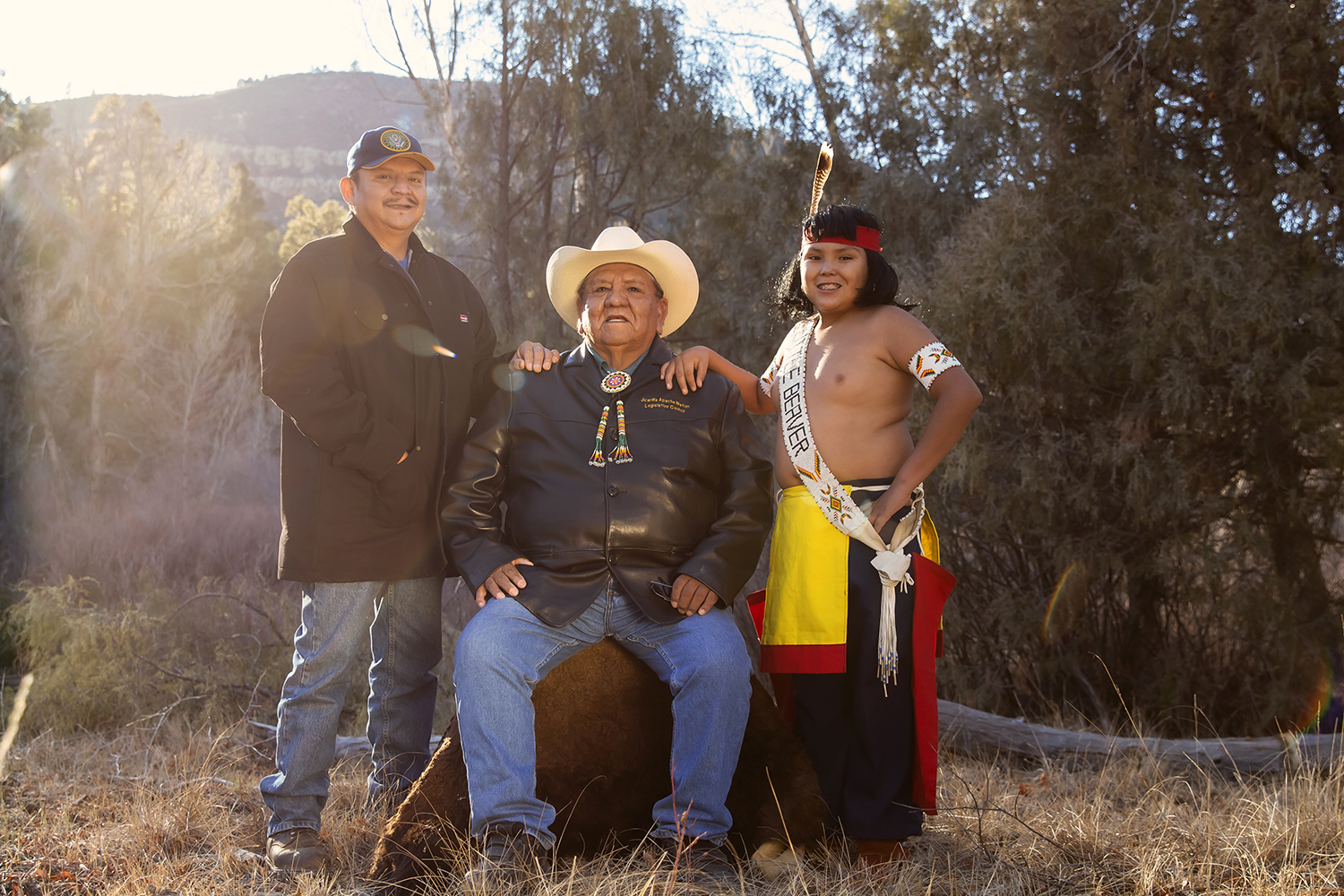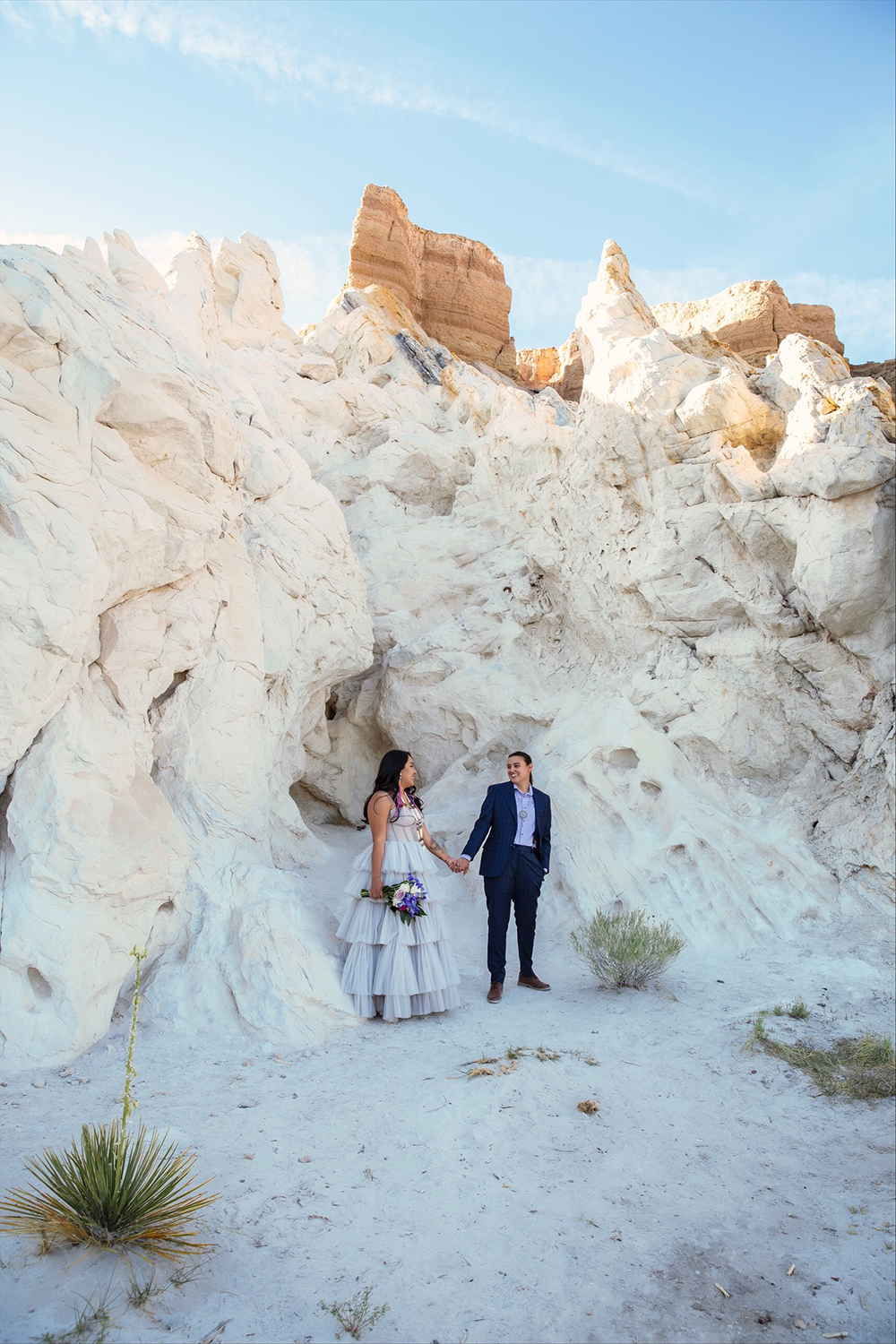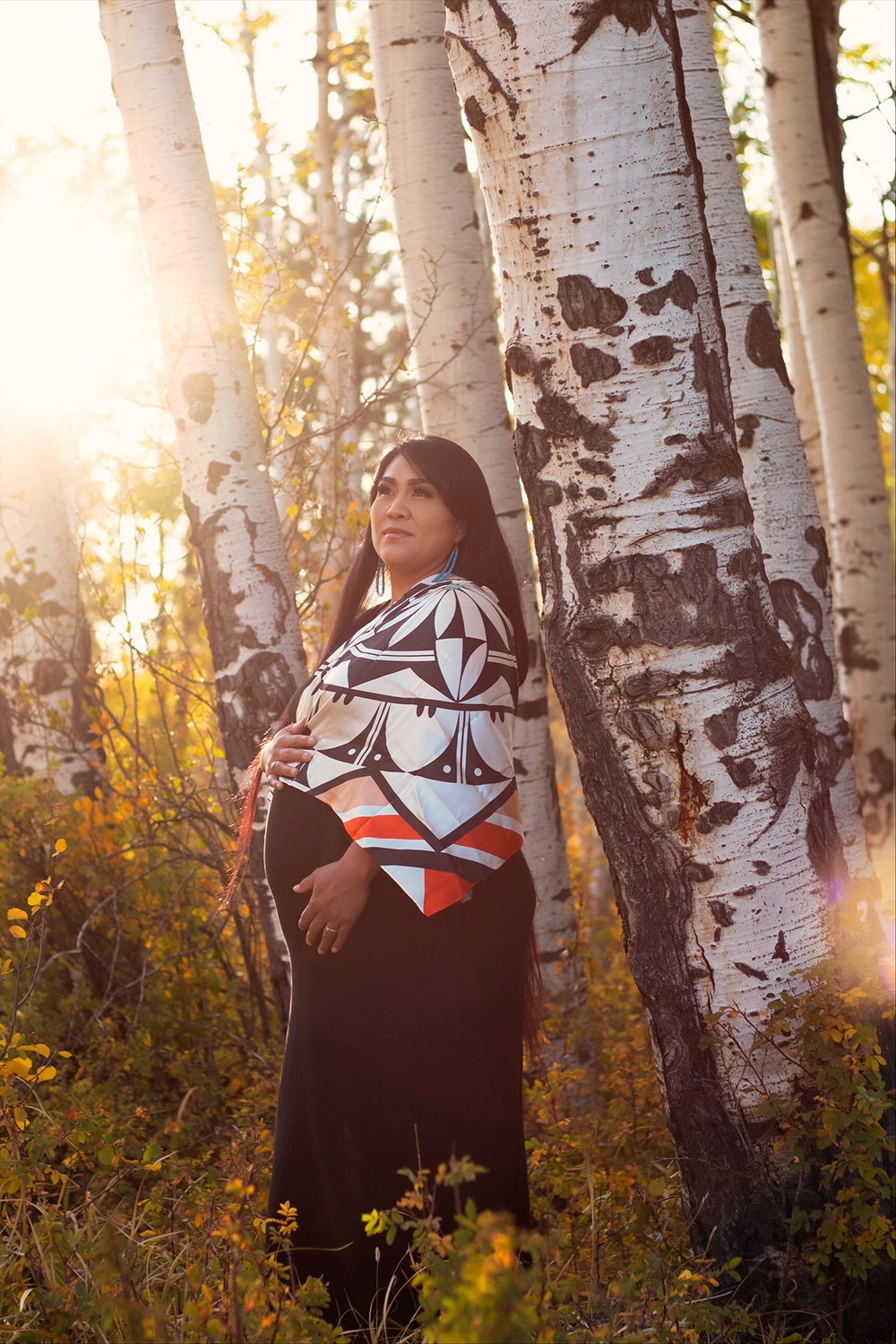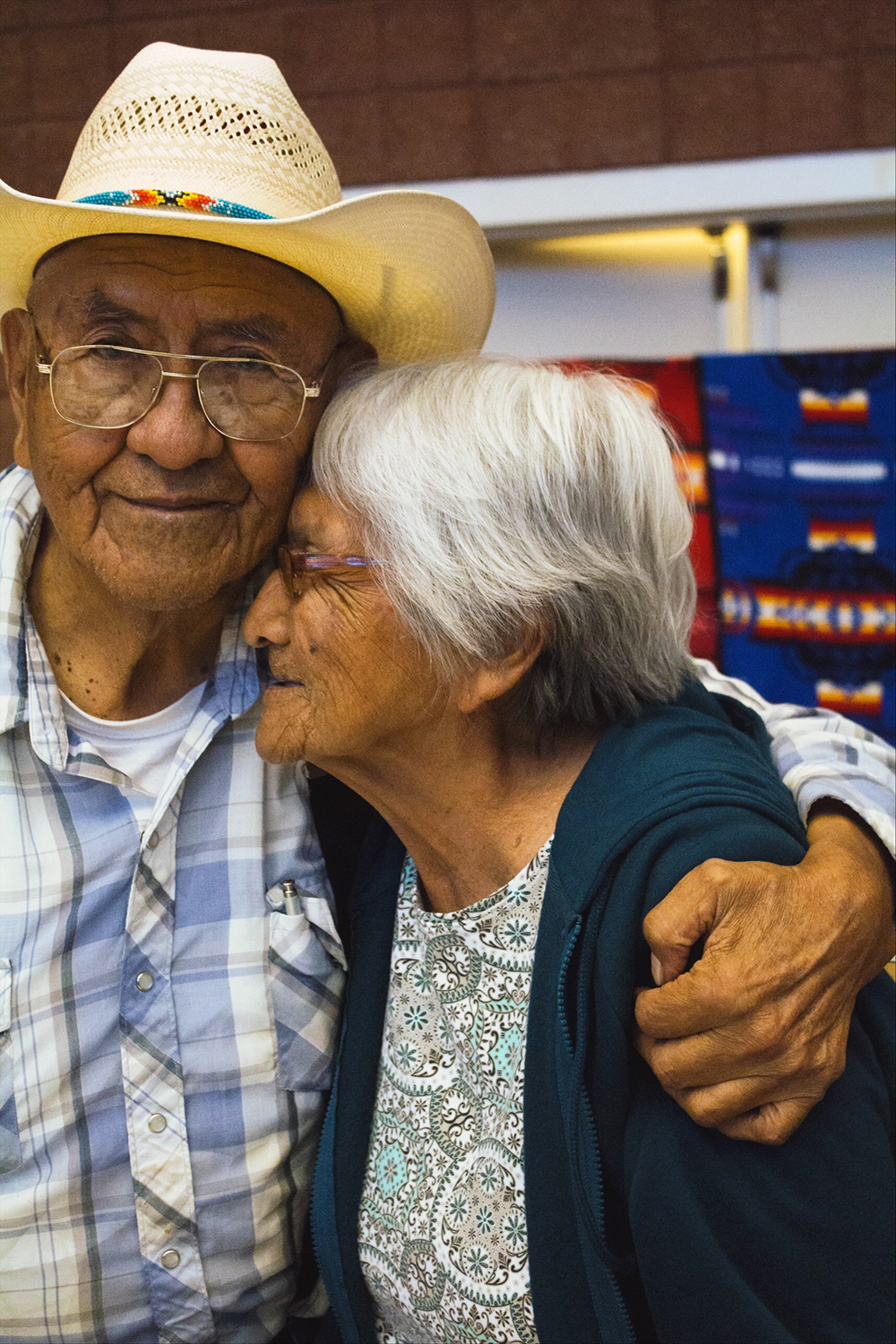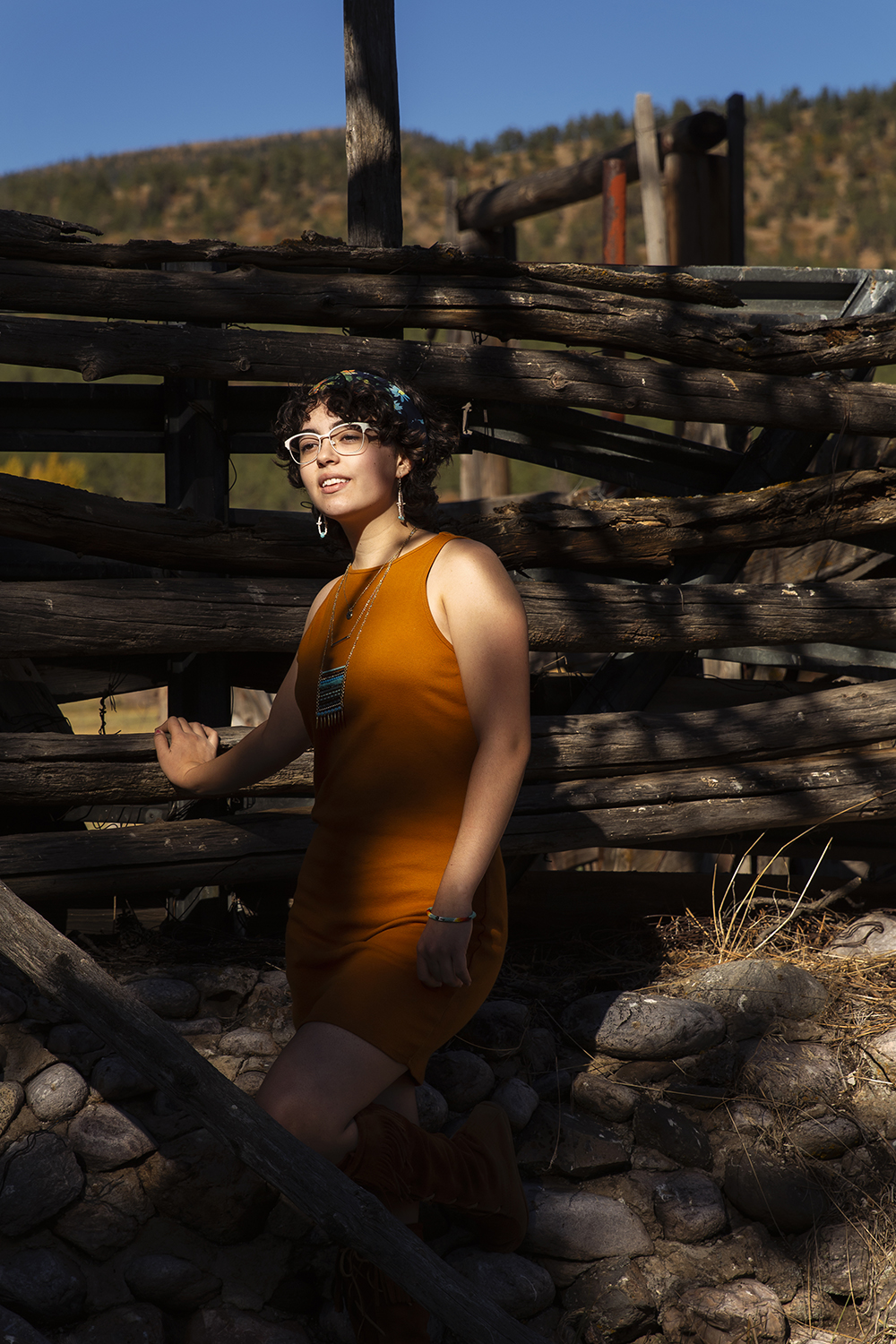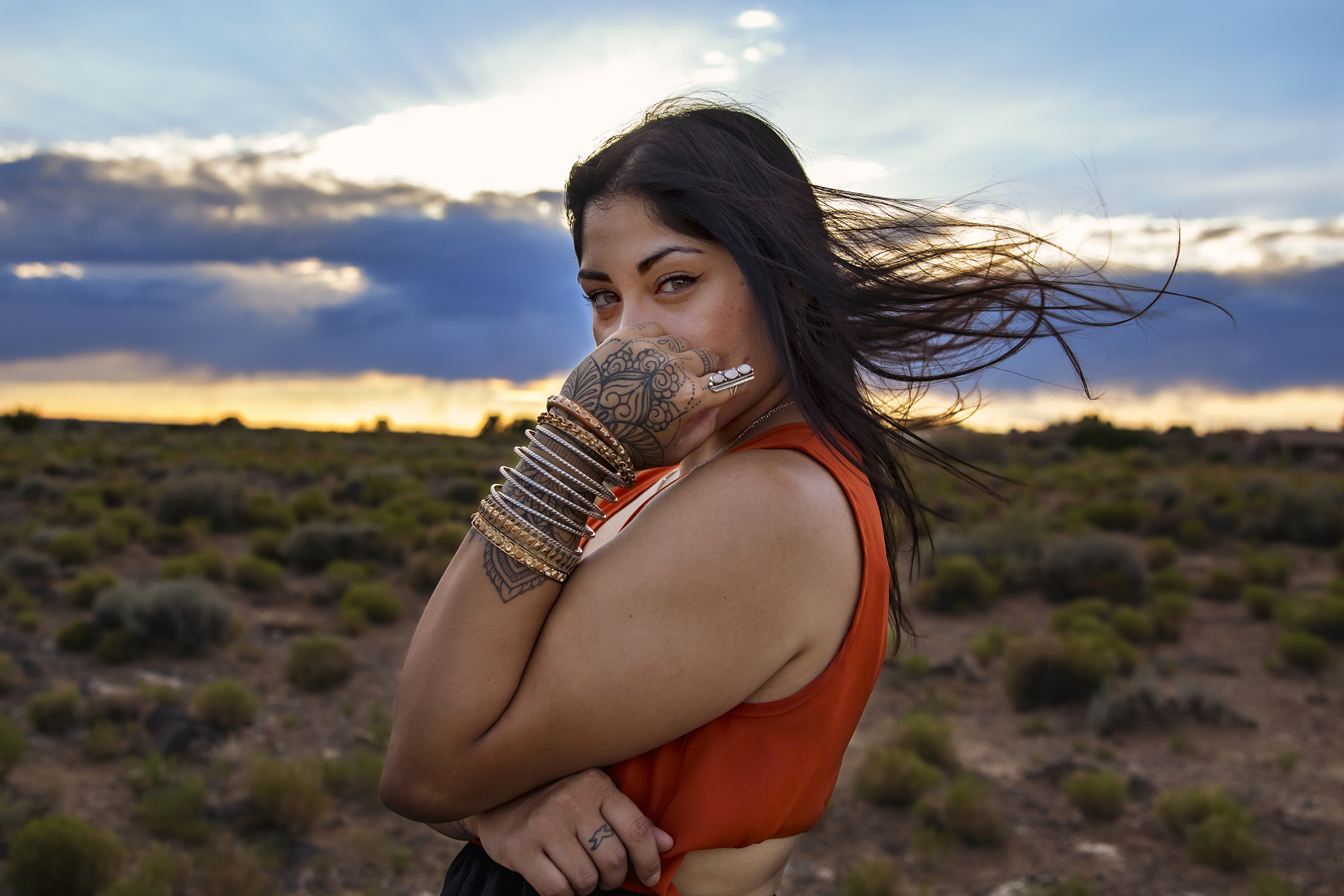
In the time of COVID-19
We are finding, coaching and training public media’s next generation. This #nprnextgenradio project is created in in Oklahoma, where five talented early-career journalists are participating in a week-long state-of-the-art training program.
In this project is a set of audio and digital stories highlighting the experiences of people whose lives have changed dramatically during the pandemic.
When the pandemic hit, photographer Shasta Muniz saw her business grow, and an opportunity to preserve the Jicarilla Apache culture. Heather C. Gomez reports.
Illustration by Emily Whang
Preserving Jicarilla culture during the pandemic
Preserving Jicarilla culture during the pandemic
It’s a beautiful fall day on the Jicarilla Apache Reservation near Dulce, New Mexico. The Navajo River runs through the reservation and the sounds of the running water are just as majestic.
” I have always loved photography for as long as I can remember.”
Shasta Muniz, a member of the Jicarilla Apache Nation, has just parked her car near the river that is surrounded by thick mountain country. The leaves have all turned that dreamy orange and red color. She is preparing to meet with a client for a special photoshoot.
“It’s just perfect. It’s really beautiful. The sky just gave us amazing clouds today, “ Muniz mentioned as she looked up towards the mountains.
She’s now accomplished a dream she never realized she had — to own her own photography business. Not just any old business, a female Indigenous-owned business, that launched at the height of the COVID-19 pandemic.
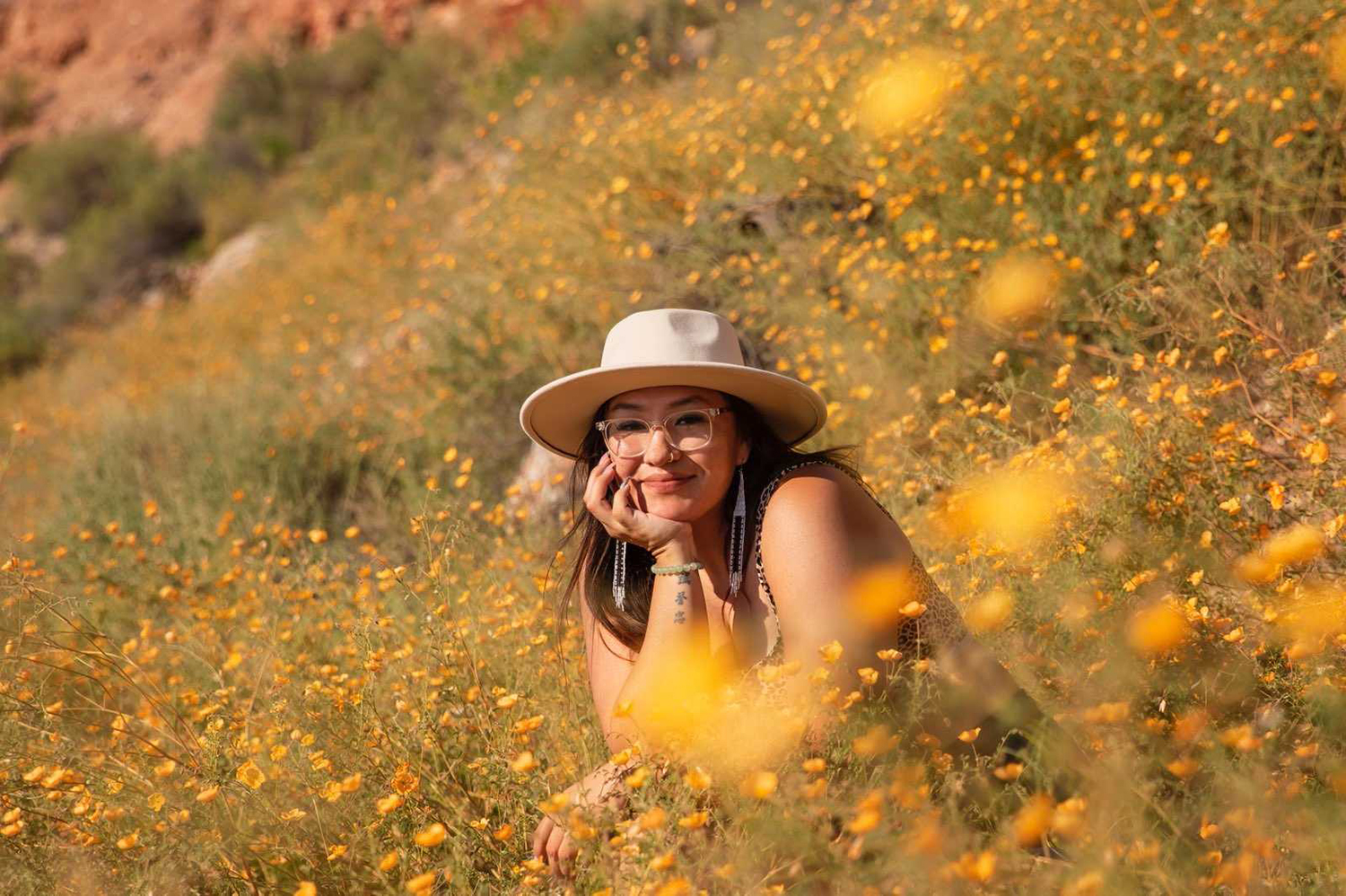
Shasta Muniz made a self-portrait of herself this past September in southern New Mexico at Bottomless Lakes while visiting her dad’s side of the family. (Photo courtesy of Shasta Muniz)
“But what do I call myself?” Muniz had no idea. “Do I want to go a route of using my name and having it that way?“ She narrowed the list to five ideas, but finally settled on one. “It was something I just kept saying over and over and over, ‘Eagle Plume Photography, Eagle Plume Photography, Eagle Plume Photography’ and it just felt right.”
Muniz’s photography journey started when she was a young girl and was given a 36 mm Kodak camera. She took pictures of everything she could.
“A lot of my photos back then were kind of really random and weird, stuffed animals and Barbies, things that I would find or using my little sisters as my models, just taking pictures of them.” said Muniz while reminiscing on her past.
When Muniz was 15 years old, she was in a bad car accident. Her cousin was taking her to her dad’s house for the weekend and they lost control of the vehicle — her cousin sadly passed away. Muniz was hospitalized with head trauma, and had short-term memory loss. She had to learn to walk again and it was a hard road of recovery. Her mother was her rock during.
To keep up with everyday life, Muniz relied on notes, a calendar and taking photos. Years later she became a mother and carried a black and white disposable camera to capture all those special moments with her son to share with her loved ones.
“As I get older, I think it would just be amazing to look back and have all these images of myself, young, old, you know, on my whole life journey,” Muniz said. “But [also] for my family to be able to look back on it and have those memories of me when I’m no longer here on this Earth,”
Today, she’s a media technician for the Jicarilla Cultural Affairs department where she does graphic design, photography, and video editing. The department focuses on language and cultural preservation. As a media tech, she would visit various Jicarilla historic sites and take pictures of the sacred landscapes. This is one of her favorite parts of the job.
However, when COVID-19 caused most of the Jicarilla Apache departments work remotely for over a year, Muniz said, “There was a lot of free time and I found myself really diving into my photography business and trying to work on little details that I really hadn’t had time for before, things like getting my business cards together, working on the social media presence and trying to figure out a way to interact and engage more on a business level.”
During that time, a friend asked if she could take some pictures of her daughter. After the photoshoot, Muniz posted the images on social media and received great feedback. She started taking more pictures of family and friends and posting the galleries online.
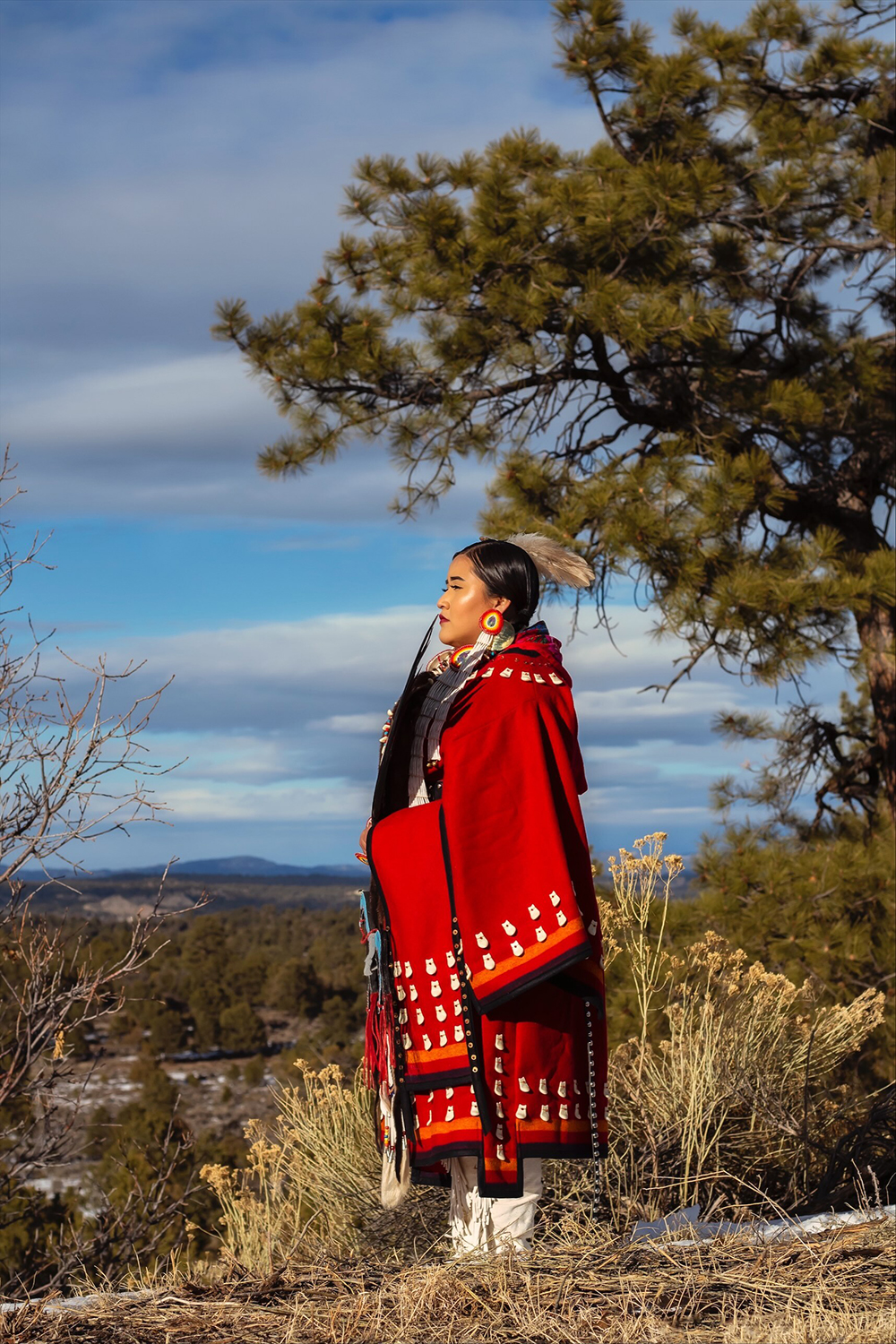
Muniz photographed Denaye for her senior portrait. She wears a red Northern Traditional dress in the beautiful landscape of the Jicarilla Apache Reservation.(Photo courtesy of Shasta Muniz)
One day she was contacted by a person she didn’t know and it hit her — she had become known for her photography skills and it motivated her tremendously.
In 2020, the Jicarilla Apache reservation where Muniz lives and works went into a pandemic lockdown, making it difficult for Muniz to make her scheduled photoshoots with clients in the area. Thankfully, her mom lives in Albuquerque, New Mexico and Muniz was able to stay with her during that time to make her scheduled appointments. While most businesses were closing due to COVID-19, her business was booming.
From then until now, Muniz has been completely booked. She caters to the Indigenous population by taking pictures in meaningful cultural locations. She uses hashtags like #IndigenousPhotograper and #NativePhotographer and was featured on an Indigenous Instagram page called Seeding Sovereignty where her photo received over 30,000 likes.
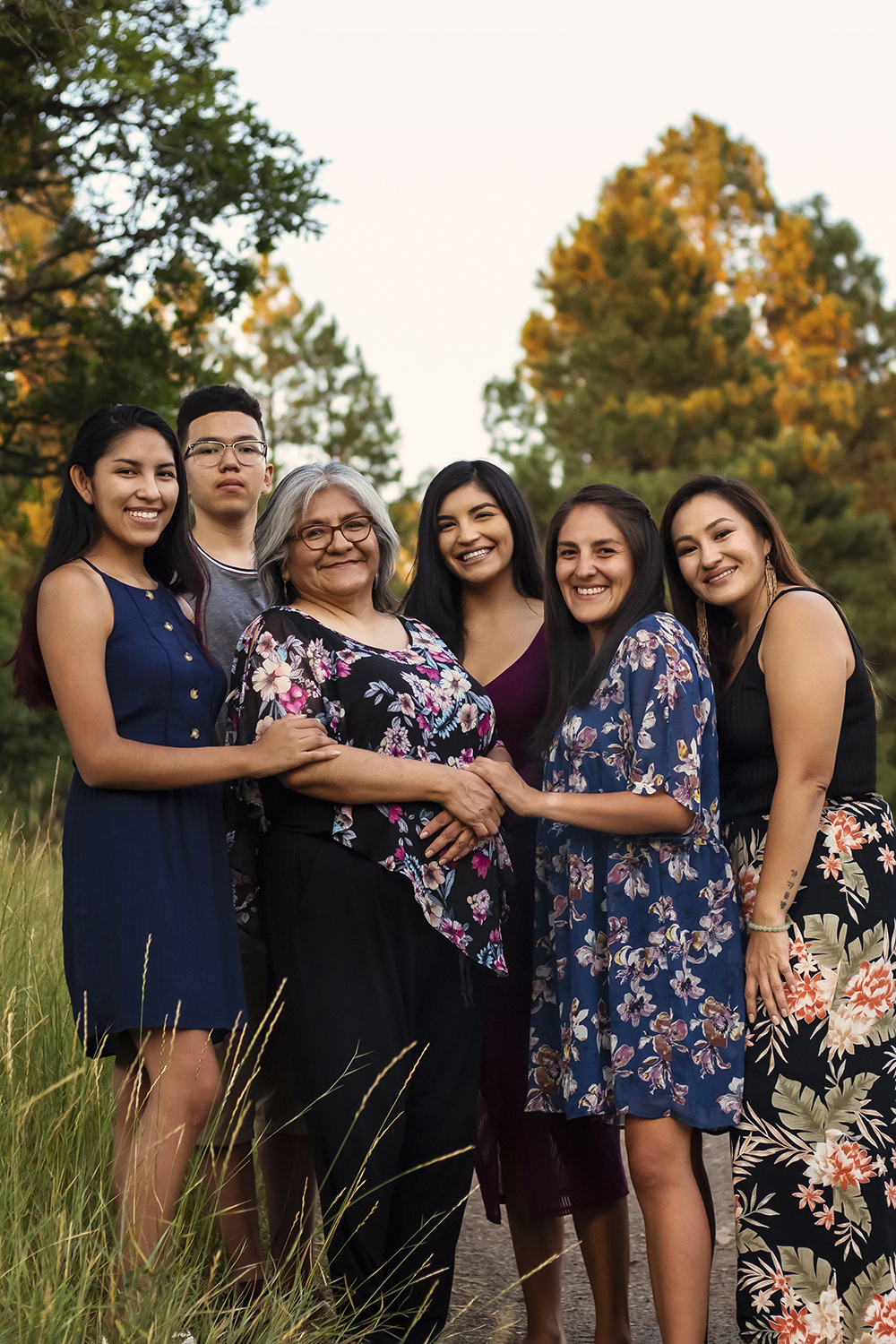
Muniz, her sisters, mother and son pose for a family portrait, something she says they had not done since they were children. They had the opportunity last fall to create an updated portrait. Her mom calls the photo, “Me and my Babes.” (Photo by Shasta Muniz)
During the COVID-19 pandemic the Jicarilla Apache Nation lost many elders, who took more of their language, history, and culture with them. Muniz has a new passion to capture the modern times of the Jicarilla Apache elders and discusses the importance of preserving the images through the lens of a Jicarilla Apache for future generations. She’s starting with her own grandparents.
“There have been a lot of elders that have passed away who took certain songs or cultural aspects with them. So I think right now that’s something that the Jicarilla Apache Nation is really focusing on. And not only the Nation, but me on my personal journey of what I can offer and contribute to that history as well. “
Perhaps one day Shasta Muniz’s photography will be known for her historic photos of the Jicarilla Apache elders during the COVID-19 pandemic.
Images courtesy of Shasta Muniz.

